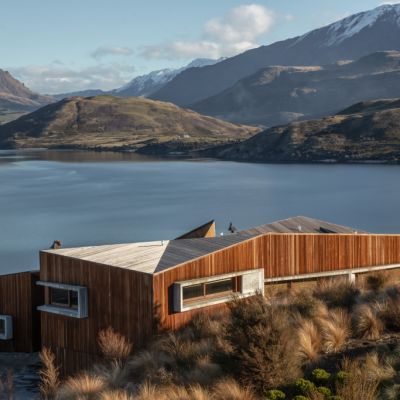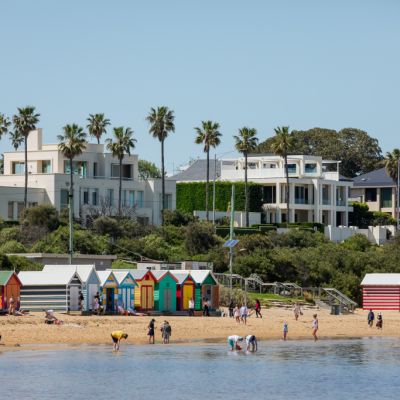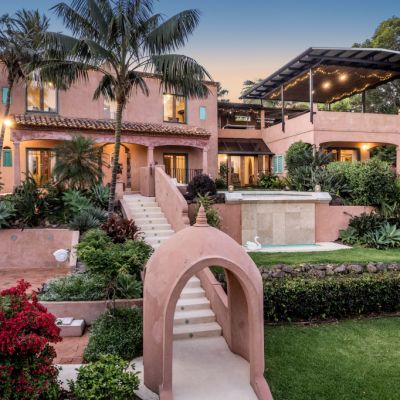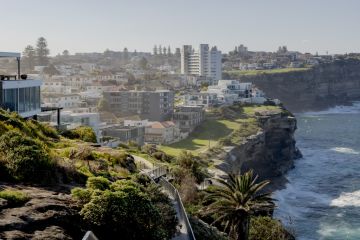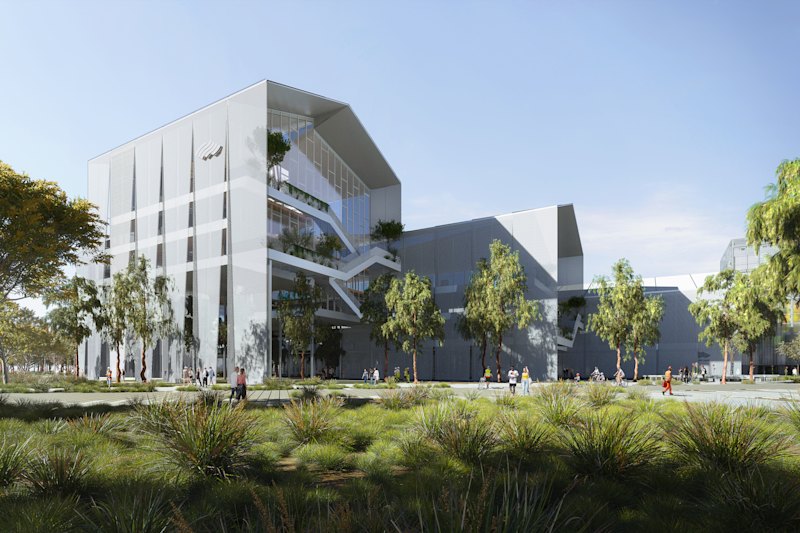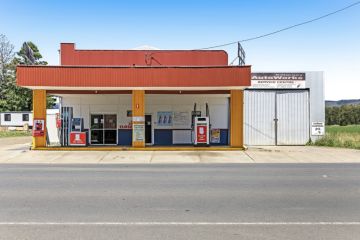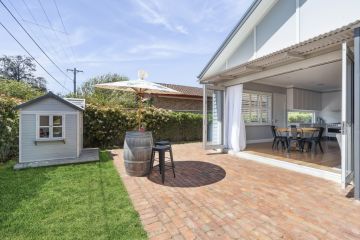From a working rural farm to chic contemporary design
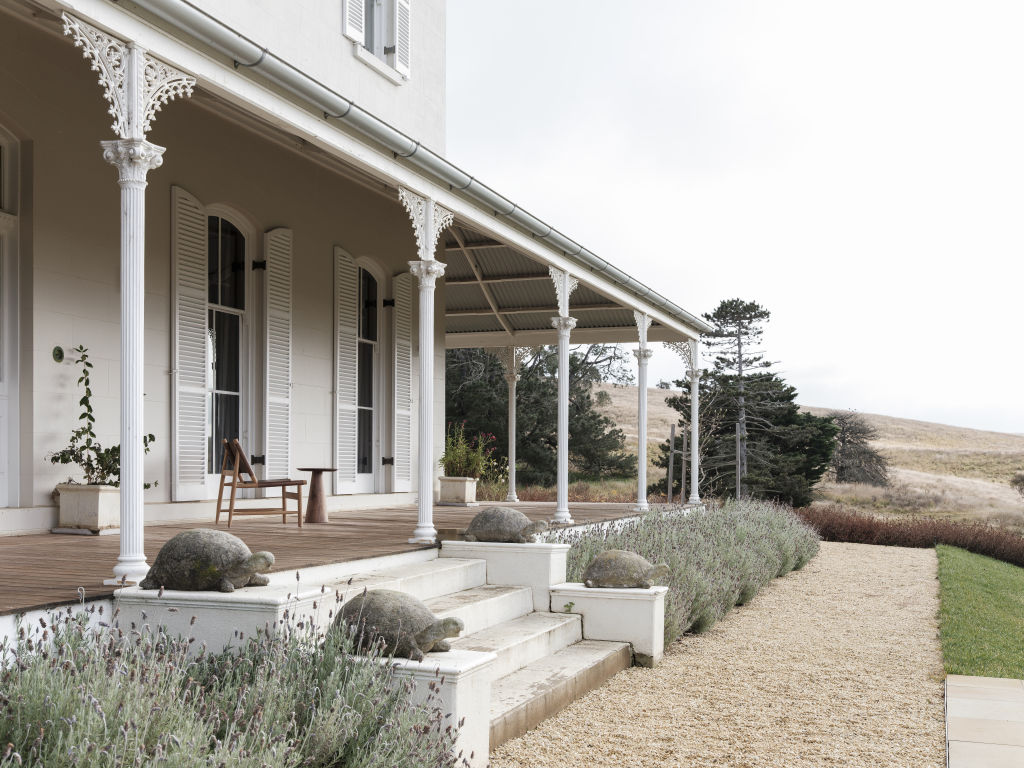
After spending some years cutting his teeth on high-profile projects at architectural practices in Sydney and London, Luke Moloney was presented with an opportunity that was too good to refuse.
“I’ve known one of the owners since university days,” says Moloney, who was in conversation with a couple about a little holiday beach shack some years ago, then later about a renovation of an old house in a state of some ruination — neither of which eventuated into a project.
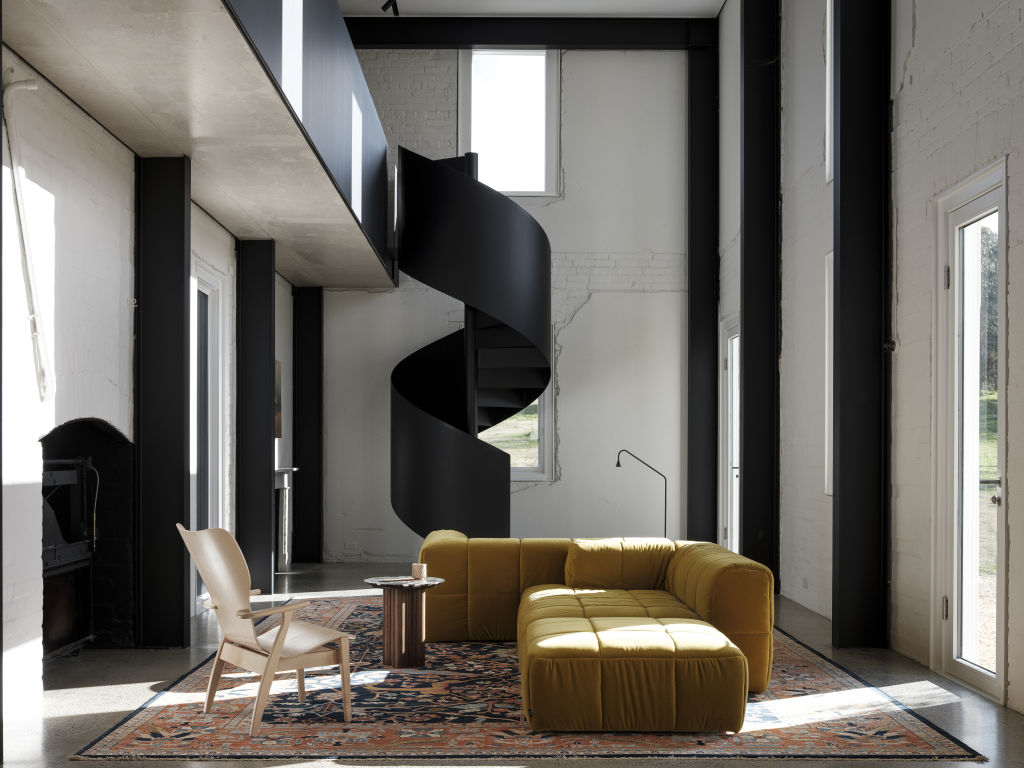
“Later still, they got in touch to say they’d bought a much older house, much further away, in a much greater state of disrepair; they were leaving the city to live there full time,” and asked him to recommend an architect to help them bring it back to life.
“I quit my job, started my own practice, and that was that.”
The project in question is The Estate, set in far-off rural NSW. Built in the 1880s for a prominent pastoral family, the house was once the centre of a vast working farm.
There are attendant outbuildings, stables, kitchen gardens and a general store that served the area during early European settlement.
After more than a century in the hands of the family who built it, the new owners faced a substantial amount of work.
“Time had not been kind to the buildings,” Moloney says.
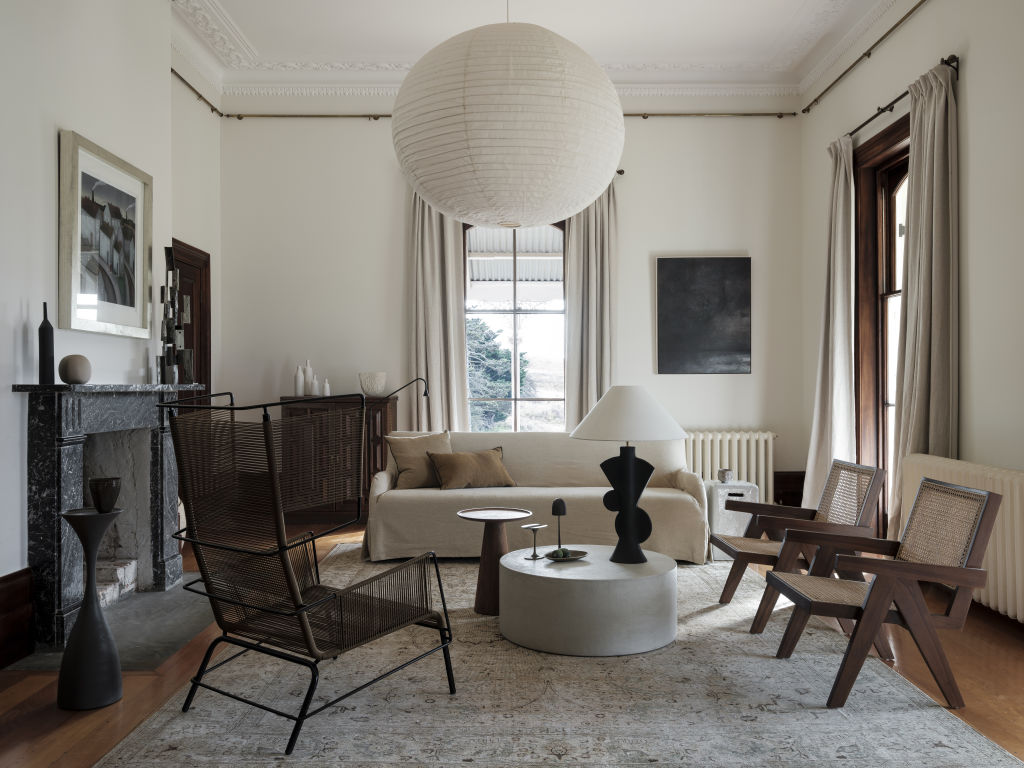
The project was divided into five tranches of restoration – the main block of the homestead, the old service wing, the old general store, planting a new garden and, finally, the homestead’s bedroom wing.
“The idea was that architectural work to the house would be sympathetic to the Victorian original – if we edited the floor plan, enlarged openings or moved windows, you’d not be able to tell – but fittings and joinery would be crisp and modern,” Moloney says of the approach that’s become somewhat of a signature in his work.
“We put in a lot of effort choosing things that would harmonise with the grand old house, but speak to a contemporary aesthetic more reflective of the young family living there.”
In the main homestead, the most important work was the most prosaic – a new roof, new insulation, thermally rated glazing and a mammoth upgrade to the building services.
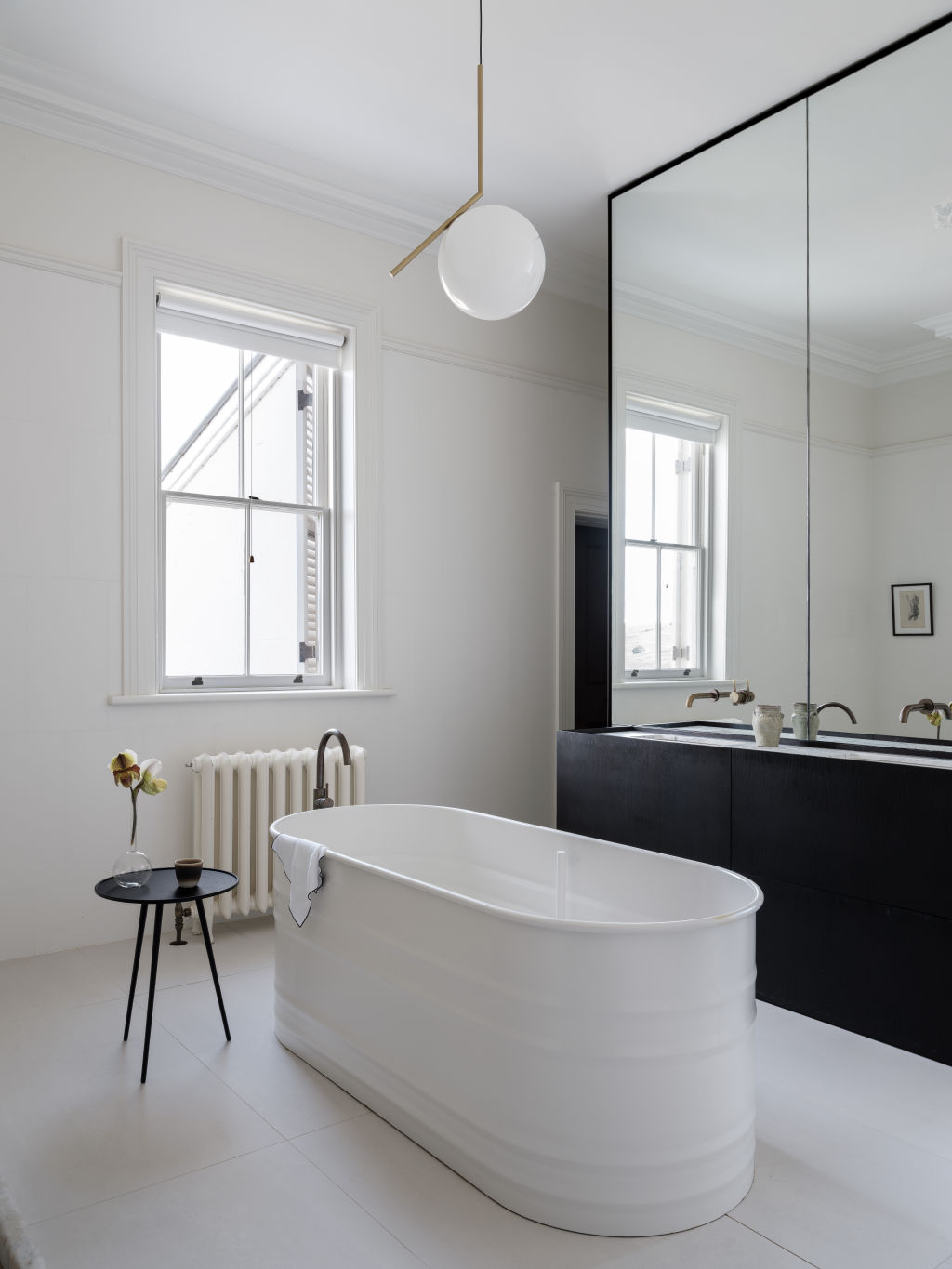
Rainwater recycling, geothermal heating and photovoltaic systems were introduced to power the house and run it off-grid.
Behind the main house, the old service wing was in a state of advanced dereliction, with the interiors far too gone to save.
The rotting internal structures were removed, the external walls were braced and a new double-height library space was created.
An arresting steel spiral staircase was craned through the roof to link the two levels and lend sculptural interest to the room.
Furnishing the library and the dining room was undertaken with the help of Arent&Pyke.
“There are Thonet Corbusier chairs in the dining room, the big Arflex sofa in the library and the lovely rugs from Loom and Armadillo & Co,” Moloney says.
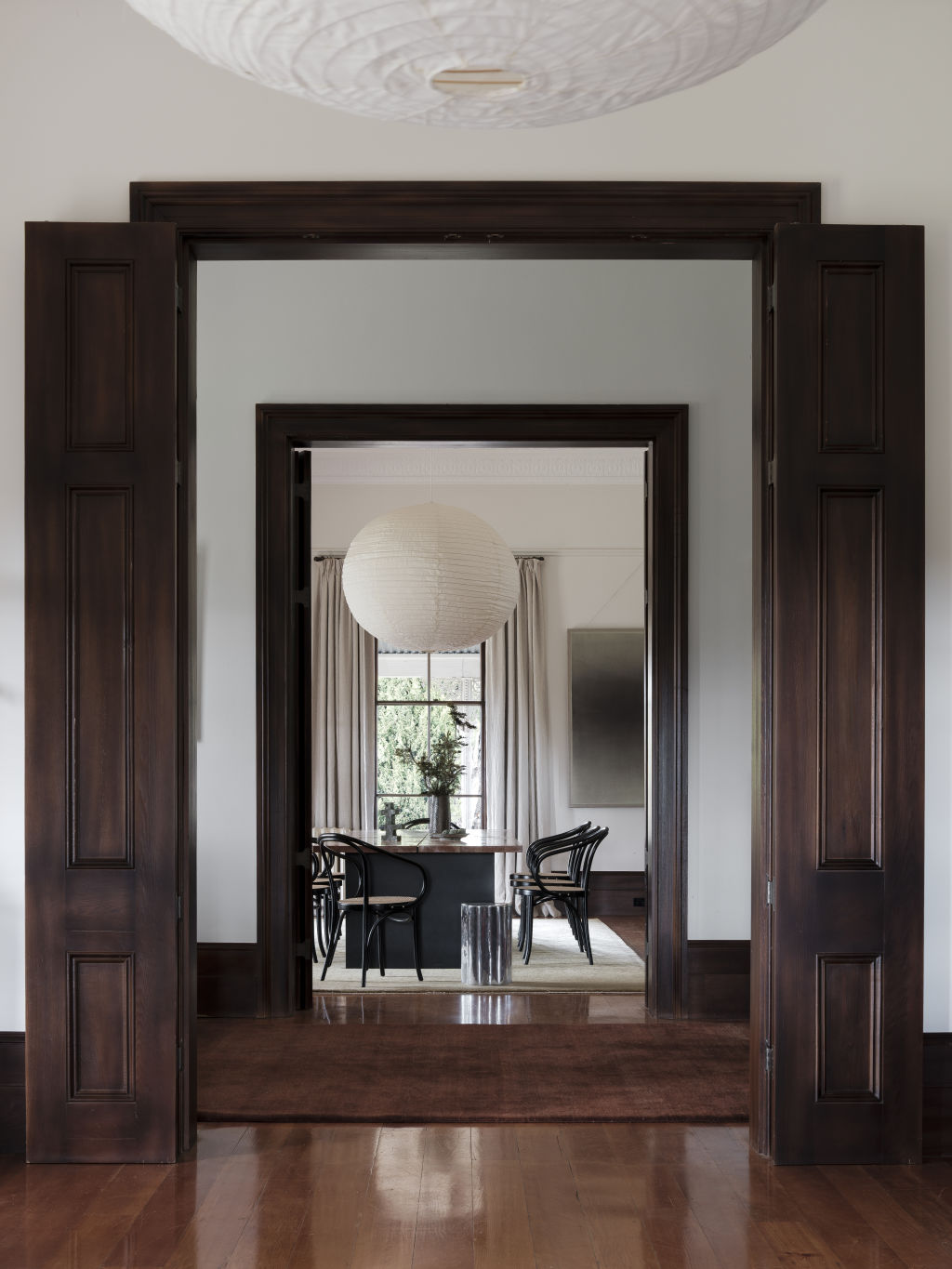
“The big dining room table is the result of the accidental felling of a beautiful cedar tree during construction. The joiner on the project was amazing and built the table using some of the timber.”
Other key fittings include the big Patricia Urquiola bath upstairs, tapware by Vola in the kitchen and Astra Walker elsewhere, and lighting by Artek, Louis Poulsen, Michael Anastassiades, Lasvit and The Society Inc.
With an effortless blend of history and modernity, the apparent lightness of touch disguises the substantial overhaul of The Estate. It’s a sign of architectural sensitivity and genuine mastery at play.
It’s the success Moloney also attributes to the extended team, saying, “The builders and artisans on this project are up there with the best I’ve worked with.
“I’m proudest that the sense of graciousness, age, and history – so redolent in the house before we started – is still there.
“There’s not a corner of the house that we didn’t touch, but it feels refreshed rather than renovated.”
We recommend
States
Capital Cities
Capital Cities - Rentals
Popular Areas
Allhomes
More
- © 2025, CoStar Group Inc.
